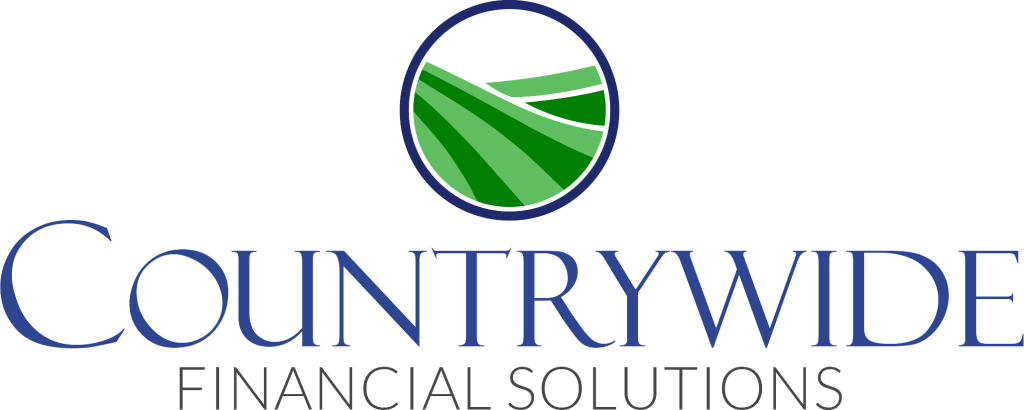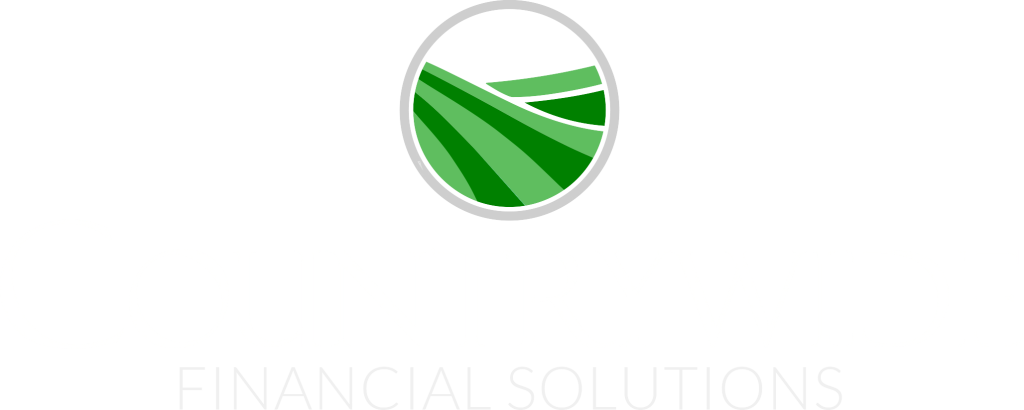
24 Jul SBA 7(a) Lending in 2025 Just Got a Makeover — Here’s What You Need to Know
New SBA SOP 50 10 8: Key Changes Impacting SBA 7(a) Lending in 2025
Let’s be real—SBA loan rules aren’t a light reading. But if you plan to borrow, you should know what has changed so you don’t get blindsided halfway through the process. And the 2025 updates? They’re shaking things up in a big way.
So, if you are trying to figure out the best way to borrow money without jumping through flaming hoops, all these technical changes and shifting requirements can make you second-guess whether you even belong in the room. And you’re not alone.
Maybe you’re thinking, “Am I even filling this thing out right?” Or, “Wait—did the rules just change again?” Or worse, “What if I get denied over something I didn’t even know existed?”
Completely valid. It’s confusing. It’s overwhelming. And it feels like you’re trying to build a house while the blueprint keeps changing. But here’s the thing—you don’t need to know every line of the SBA SOP. You must understand what changed, why it matters, and what to do next.
So, let’s break down the new SBA SOP 50 10 8 like a real conversation—not a government memo.
What Is SOP 50-10-8?
Think of it as the SBA’s rulebook for lenders. It’s how they decide who qualifies, who doesn’t, and what hoops you’ve got to jump through to land that 7(a) loan. The new SOP 50 10 8 replaces the previous 50 10 7, effective June 1, 2025—yes, it’s already in play. But don’t panic. It’s not all bad news.
Some of the changes are in your favor—especially if you’ve been feeling boxed out by rigid requirements.
The 9 Big Changes You Need to Know
1. No More Playing It Safe with PLP
If you’re working with a Preferred Lender (PLP), they must commit fully. No more sending loans through the General Program. Either they use their trusted status on every single loan or lose it altogether. So if your lender’s been hesitant, it’s time they decide if they are in?
2. “Credit Elsewhere” Is Back on the Radar
Remember that old-school SBA rule that says you can only get a loan if you need it? Yeah, it’s officially back. The SBA wants to ensure 7(a) loans are going to small businesses that don’t have other reasonable financing options—not folks who could walk into a traditional bank and get a yes tomorrow. Makes sense, right?
3. Smaller Definition of “Small Loan”
In 2025, SBA 7(a) loans under the “small loan” category are getting smaller. The limit’s been dropped from $500,000 to $350,000. And if you’re applying, you’ll now need a minimum SBSS credit score of 165, up from 155. Translation? The bar’s a little higher, so make sure your financials are tight before you apply.
4. Equity Just Got Real
Thinking of launching a startup with SBA money? You’ll now need to show you’ve got some skin in the game—SBAs requiring at least 10% equity injection for startup loans. And for full ownership buyouts, it’s not just about the cash—you can still use a seller note for part of the equity, but only if it’s on full standby for the life of the loan. That means the seller can’t touch it or ask for payments until the SBA loan is completely paid off.
5. No More Piecemeal Ownership Changes
Trying to change ownership in phases? That’s out. If you’re doing a partial change of ownership, it now has to be done as a stock purchase—not an asset shuffle, not a slow takeover—just a clean, direct transaction.
6. Everyone’s Involved in Partial Ownership Deals
If you’re buying part of a business, you’re not sitting on the sidelines. Every buyer has to be a co-borrower, no matter their ownership percentage. And the seller? They’ve got to personally guarantee the loan for two full years. If they’re keeping under 20% of the business, they’re off the hook for collateral—but the guarantee still sticks.
7. The Franchise Directory Is Back (And It’s the Final Word)
Looking into a franchise? Don’t start the loan paperwork until you check the SBA Franchise Directory. If your brand’s not listed there, it’s not eligible. End of story.
8. SBA Guarantee Fees Are Back On
Yep, the temporary break on those SBA guarantee fees is over. It’s back to business as usual, so make sure you’re factoring those costs into your budget.
9. MCA and Factoring Refinance? Shut Down.
It used to be that you could refinance those high-interest merchant cash advances (MCAs) or factoring deals with an SBA loan. Not anymore. Those aren’t eligible for SBA refi in 2025.You’ll need a different strategy to get out from under that kind of debt.
So, What Should You Do?
First—take a breath. You don’t need to become an SOP expert overnight. But you do need to be informed enough to ask the right questions and avoid rookie mistakes.
Here’s the move:
→ Partner with a lender who’s already up to speed.
→ Double-check if your business is now eligible under these new changes.
→ Don’t assume that what worked last year still applies.
Ready to Take the Next Step?
We get it—SBA loans can feel like a maze. But you don’t have to figure it all out on your own. The new SOP 50 10 8 changes might seem overwhelming, but with the right guidance, they can work in your favor.
Whether you’re just starting your business journey, buying out a partner, or finally expanding like you’ve been planning for years, now’s the time to move smart—not slow.
Let us help you navigate the process with clarity, confidence, and zero guesswork.
Got questions? Need clarity?
Let’s talk. We’ll break down your options, answer the questions you didn’t know to ask, and help you get closer to that “approved” stamp—without the headaches.
Start Your SBA 7(a) Loan Consultation Today
Because the dream doesn’t fund itself—but we’re here to help make it happen.


